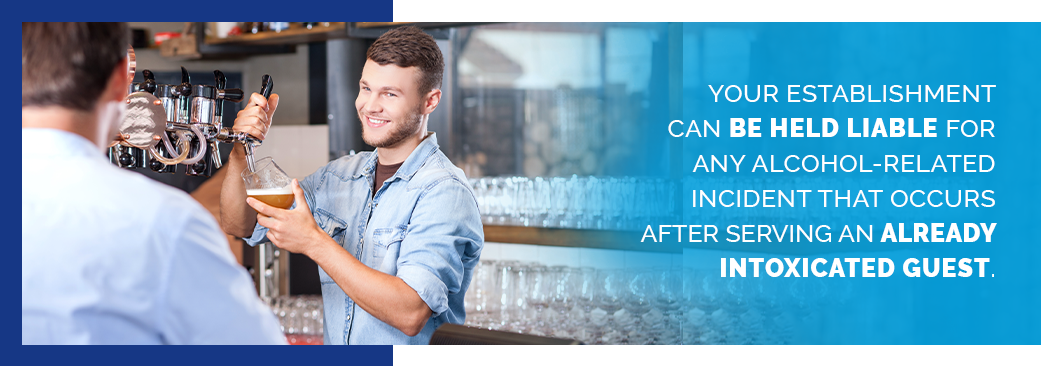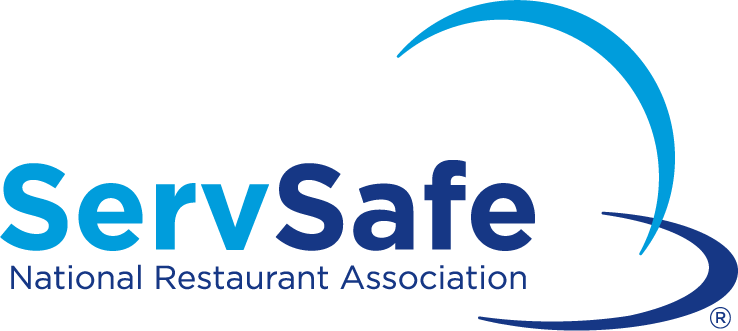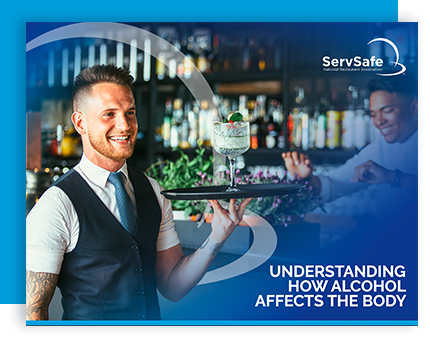BLOG
Blood Alcohol Content:
To lower or not lower the alcohol limit

In January 2016, the National Transportation Safety Board (NTSB) recommended lowering the legal blood alcohol content (BAC) limit from 0.08% to 0.05%. Many states often follow the NTSB’s guidance, prompting several to consider legislation reflecting this reduced BAC limit.
On December 30, 2018, Utah became the first state to adopt a BAC limit of 0.05% officially. In February 2022, the NTSB reaffirmed its 2016 recommendation by releasing an evaluation that demonstrated the effectiveness of Utah’s lower limit.
Although this recommendation was made some time ago, Utah remains the only state with a BAC limit below the federal standard of 0.08%. Similar bills have been introduced in other states but have not gained much traction.
Free Download
Drinking frequency has increased overall in the U.S. While this means you might have more patrons drinking at your establishment, remember to keep an eye out for signs of a higher BAC.
What does the BAC limit establish?
According to the National Restaurant Association’s ServSafe Alcohol program, blood alcohol content or BAC is the amount of alcohol in a person’s bloodstream. BAC is the metric used to measure alcohol intoxication for both legal and medical purposes. For example, a BAC of .10% means that a person’s blood supply contains one-part alcohol for every 1,000 parts of blood.
The amount of alcohol in a person’s blood is used as the measure for whether or not a person is over the legal limit to operate a motor vehicle.
How is BAC measured?
A motorist stopped on suspicion of impaired driving will likely have to undergo testing by a police officer. In addition to observation and field sobriety tests, officers have other tools to determine a person’s level of impairment, including breath, urine, and blood tests.
How was the .08% BAC standard set?
Prior to 2000, the legal BAC limit was .10%. In 2000, President Clinton’s transportation appropriations bill required all states to lower their permissible blood alcohol content to .08% by Oct. 2003 or risk losing federal highway construction funds. By July 2004, all 50 states had passed legislation lowering their BAC limits to .08%.
How many drinks does it take to reach .05% BAC?
- Drink strength
- Drink quantity and consumption rate
- Body size and type · Gender at birth
- Age
- Food intake
- Drink carbonation · Medications and drugs (legal and illegal)
- Mood
- Fatigue
How will lowering BAC to .05% impact hospitality operators?
More states could join Utah in adopting .05% as the threshold to determine if someone is legally intoxicated to operate a motor vehicle. Opponents of a .05% BAC say that lowering the legal level to .05% will harm local economies, criminalize responsible behavior, and distract law enforcement from the biggest threats on the road. To make their points:
- A 120-lb. woman can hit .05% with a little more than one glass of wine. Responsible individuals will be scared to consume alcohol in establishments.
- According to the National Highway Transportation Safety Agency, 70% of drunk-driving fatalities are caused by drivers with BAC levels of .15% or higher. Targeting high BAC drivers and repeat offenders would be a better use of resources. A stricter BAC level targets the wrong group of drinkers. Problem drinkers typically aren’t moderate drinkers who have a glass of wine over dinner.
- Given the significant social, professional, and financial consequences of DWIs or DUIs, a person enjoying a drink or two over dinner runs the risk of upending his or her life.
Bottom line, operators have a responsibility to prevent intoxication and drunk driving. If .05% BAC limit passes, how will they train their staff to prevent illegal sales? Will liquor liability insurance premiums increase? How will it change customer behavior? While there are no clear answers, the prospect of a .05% law could have an undesirable impact on establishments that serve and sell alcohol.

Serve Safely with Industry-Backed Training
At ServSafe, we prioritize your business’s security and your guests’ safety. We’ve created the ServItUp program to help your staff hone their responsible alcohol service skills. In the coming weeks, we’ll be releasing content to help you keep your guests safe, protect your establishment, and make your job more satisfying and rewarding.
For more information and resources about responsible alcohol serving practices, sign up for our ServSafe Alcohol training program or connect with our team.

